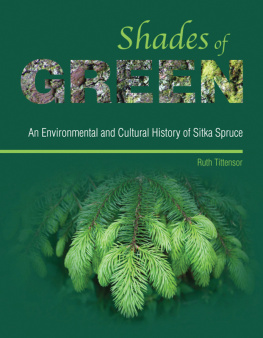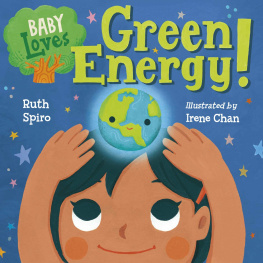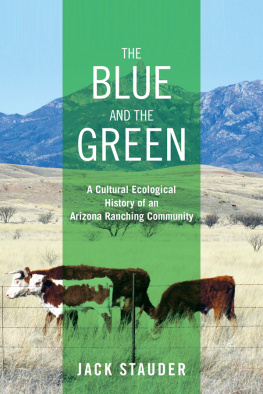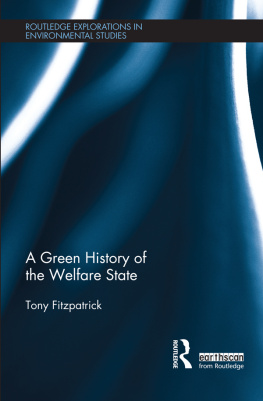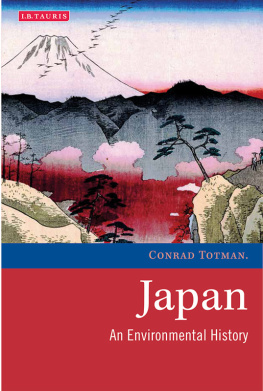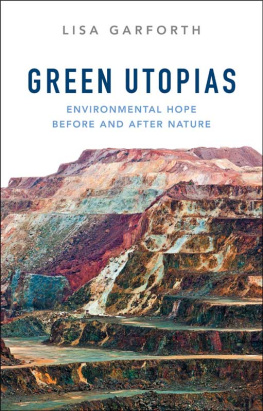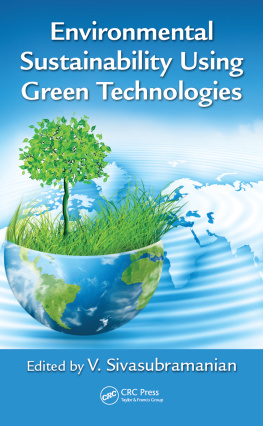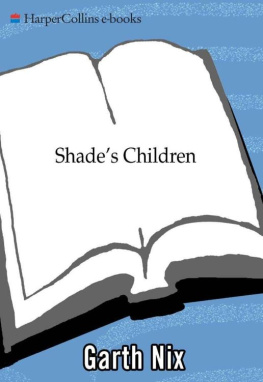
Shades of Green
An Environmental and Cultural History of Sitka Spruce
Ruth Tittensor
Ceremonial Hat woven of Sitka spruce roots in the traditional Haida style by Debbie Young-Canaday of Juneau, Alaska. Photo: Marilyn Holmes
They that plant trees love others besides themselves.
Adapted from Thomas Fuller, Gnomologia , 1732
For Isabelle, Sebastian and Sylvie
Windgather Press is an imprint of Oxbow Books
Published in the United Kingdom in 2016 by
OXBOW BOOKS
10 Hythe Bridge Street, Oxford OX1 2EW
and in the United States by
OXBOW BOOKS
1950 Lawrence Road, Havertown, PA 19083
Windgather Press and R. Tittensor 2016
Paperback Edition: ISBN 978-1-909686-77-9
Digital Edition: ISBN 978-1-909686-78-6
Mobi ISBN: 978-1-909686-79-3
A CIP record for this book is available from the British Library
All rights reserved. No part of this book may be reproduced or transmitted in any form or by any means, electronic or mechanical including photocopying, recording or by any information storage and retrieval system, without permission from the publisher in writing.
For a complete list of Windgather titles, please contact:
| United Kingdom | United States of America |
| OXBOW BOOKS | OXBOW BOOKS |
| Telephone (01865) 241249 | Telephone (800) 791-9354 |
| Fax (01865) 794449 | Fax (610) 853-9146 |
| Email: | Email: |
| www.oxbowbooks.com | www.casemateacademic.com/oxbow |
Oxbow Books is part of the Casemate group
Cover design by Susan Anderson, Eikon Design
Foreword
Richard Oram
Professor of Environmental and , University of Stirling, Scotland
In the intersecting fields of cultural and environmental history, the focus of scholarly study has been animal , mineral commodities and rivers: cod and herring, salt and coal, the Forth and Severn, to name but a few.
Oddly, while generally have long been subjects of research, there has been no single tree species that has been treated to such close-focus research as a cultural entity around which a complex human system operates, rather than solely a living organism in a complex ecosystem. Given the English fixation with the oak as the symbol of everything from enduring royalty to the virility of their fighting men and as an essential element in everything from furniture-making and leather-tanning to the construction of warships and to a lesser extent the elm and the yew it is remarkable that there has been no study that has tried to draw these two strands the cultural and the environmental together in a truly interdisciplinary exploration. It is rather ironic, then, that the species which should be the subject of such a treatment is one whose very presence in these islands has been the focus of both censure and celebration since it was first planted on a large scale a century ago: Picea sitchensis the Sitka spruce.
How can a tree that on one side of the globe was valued for its intrinsic worth as a bountiful source of manifold and versatile materials, and treated with spiritual reverence by the -spirit for future wars. Large-scale planting coincided with more intensive ecological study of the land on which they were planted, land long seen as almost valueless, and the intensification of an environmental consciousness that awakened the wider public to the destructive impact of humanity on the world around them. To many, however, it was the visual impact that was most harmful in a culturally transformative way: the distinct character of Britains anthropogenic landscapes that had been shaped over millennia of human intervention into something familiar and loved, and around which so many aspects of rural life revolved, seemed to be swept away by something visually jarring and, simply, foreign.
For Sitka spruce the result was a popular loathing that was at once an ill-informed reaction to the shock-of-the-new usually associated with purely man-made features like electricity pylons or dams, reinforced by opponents of large-scale forestry planting. Often dismissed as alien vermin, the Sitka spruce plantations have been portrayed as the coniferous equivalent of the Dark Satanic Mills that scarred the face of Blakes green and pleasant land. Yet, like the output of those reviled mills, the products of the plantations have delivered to successive generations commodities upon which they depend.
It remains the most widely-planted tree species in these islands, but greater care is taken through strategic intermingling with stands of trees of other species producing variation in height, colour, shape and texture.
In many ways, these opposed responses, of antipathy and dependence, of rejection and integration, reflect, often disturbingly, public attitudes to the presence of other exotica like roads, airports or foreigners. And it is here, in its exploration of the cultural significance of the tree in both its home and its host lands, that Ruth Tittensors study of this quite remarkable tree transcends the traditional nature/culture opposition still found in so many natural or environmental history books. In her discussion of still deeply-entrenched public attitudes towards the Sitka spruce she holds up a mirror in which modern society in these islands can reflect upon itself.
Foreword
Richard Carstensen
Naturalist, Discovery Southeast, Juneau, Alaska
On the phone, just now (June 2015), Ruth Tittensor and I compared the summer weather outside our homes on far sides of the world. Quite the same, we concluded cool, grey and moist. No surprise; thats partly why we were talking in the first place.
An American coastal tree, evolved to thrive in my well-watered, fire-free climate, has eagerly galloped over the moistly moderate UK and Republic of Ireland. Roughly contemporaneous with the British invasion of American rock music, Sitka spruce executed a counter-coup. Esteemed and groomed by European silviculturalists, the spruce plantations, and more feral, tree-by-tree advances into moor and sheep pasture, are less welcomed by lovers of open, rural landscapes. Social tension and ecological conquest make a potent mix in the hands of a good story-teller like Ruth Tittensor.
Another way in which I feel connected to Ruth is in our cross-disciplinary approaches to study of natural and cultural history. Weve each tried to lean back a bit, to admire the wild and unforeseeable sweep of evolution, in my (western) hemisphere? When we learn to turn on the projector to visualise changes in landform, demography, forest structure, species range the concepts of native and newcomer relax into relativity.
That said, I agree with ecologist Dan Simberloff that invasive species should be held guilty until proven innocent. Nor should we ever deem proof absolute. Here in Alaska, a few dispersed patches of ornamental Japanese and Bohemian knotweed ( Fallopia japonica/F. japonica x F. sachalinensis ) could be found in and pine flatwood habitats.
Is this a meaningful comparison? Southern Florida a cultural and ecological cul-de-sac until a few centuries ago is a hotspot of threatened, specialised, endemic species.
Britain and Ireland have been cultural and ecological crossroads for millennia, swept by wave after wave of hardy, world-travelling flora and fauna. Which of the ephemerally native British species might now or in the future fall victim to authorised or surreptitious spread of Sitka spruce? What will be the long-term costs and contributions of this conifer to biodiversity in its invited hemisphere? Although surely, nobody knows, who is best prepared to guide us?
Next page
